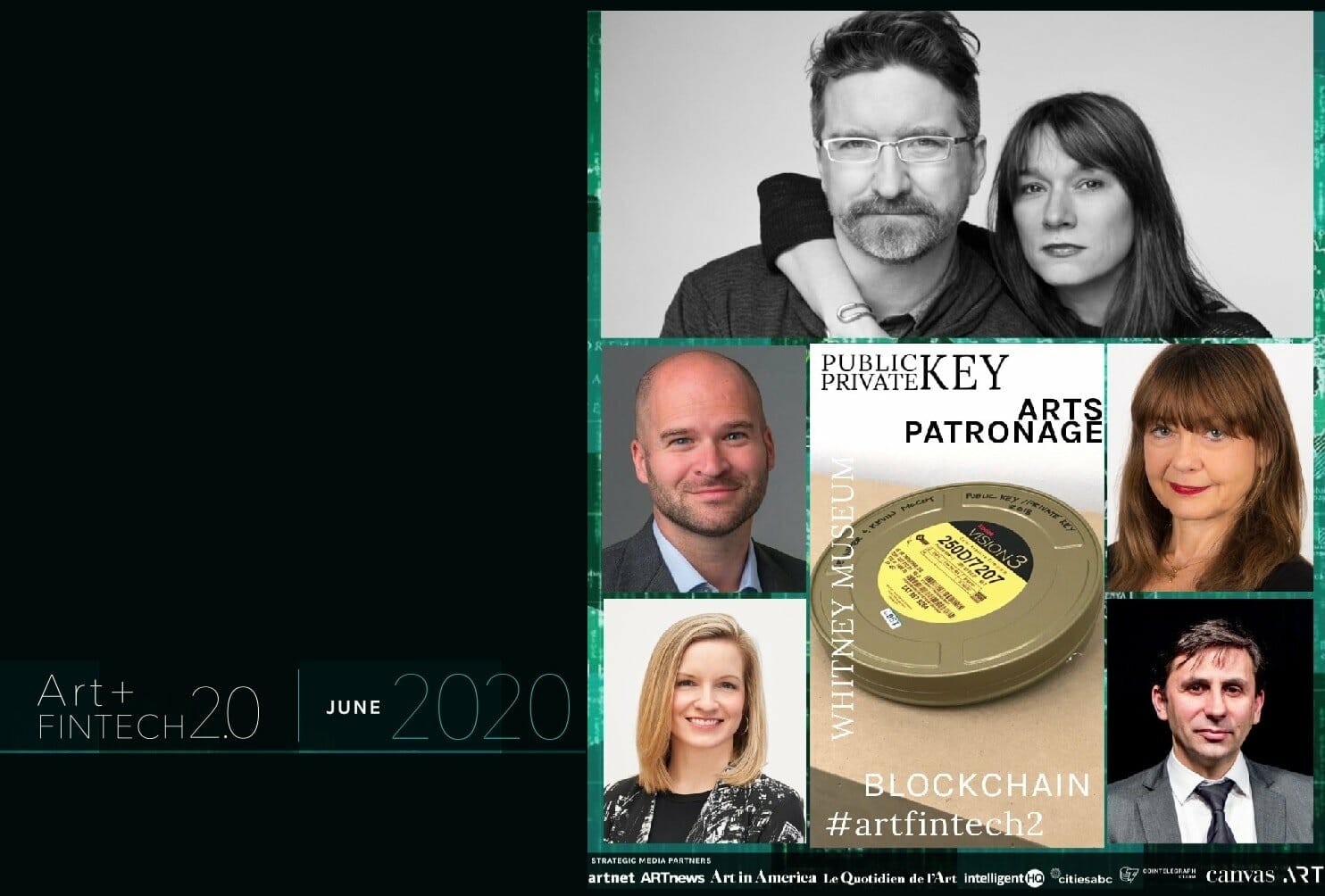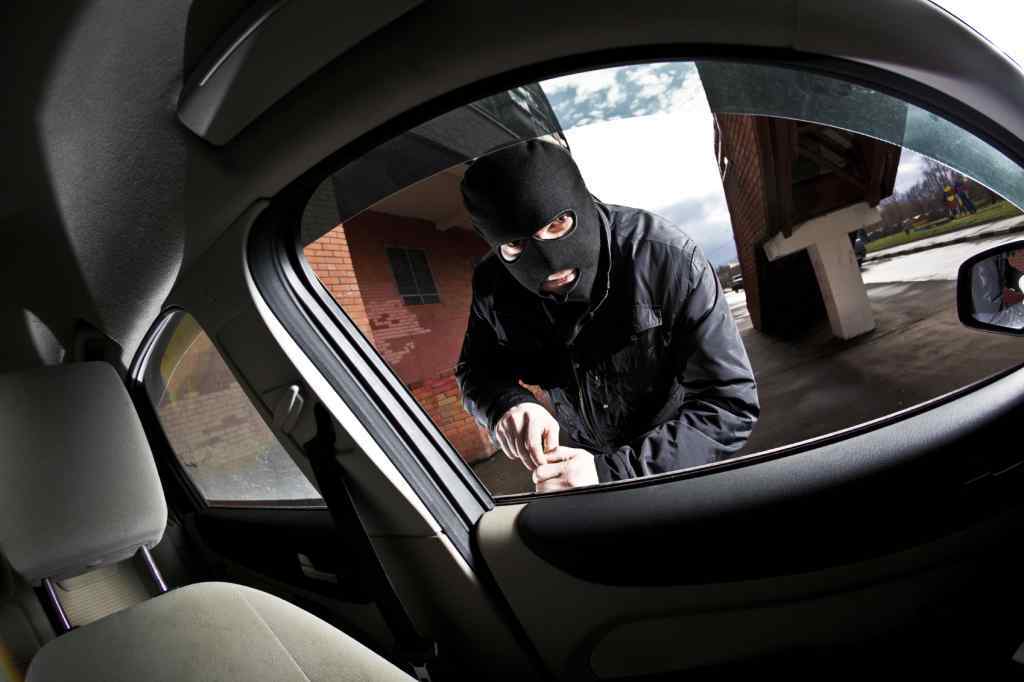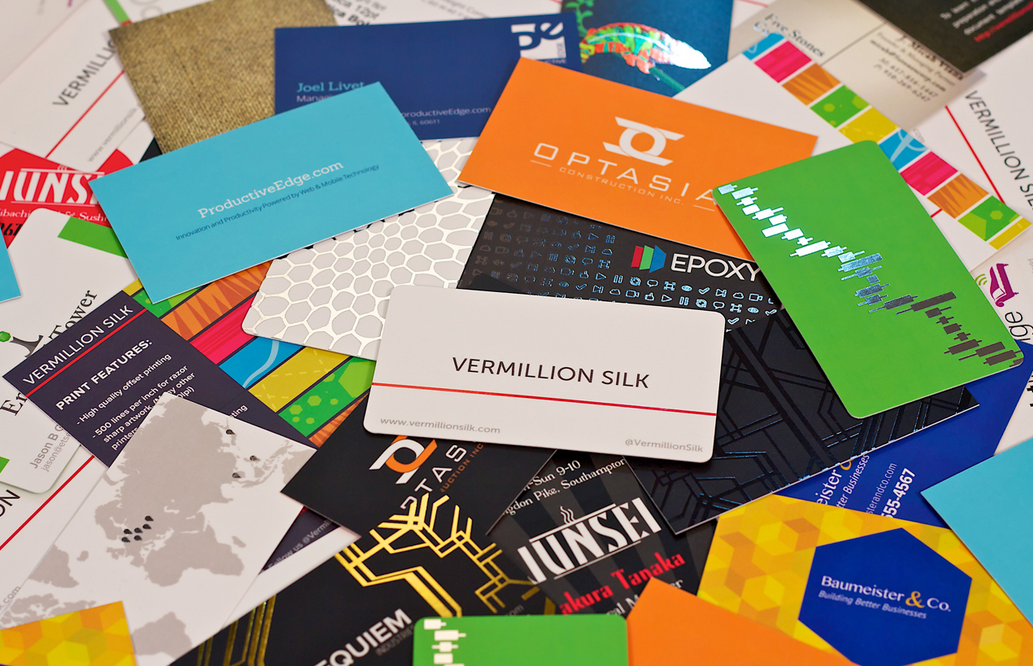
UNFOLD Art XChange announces that the final session of Art + FinTech 2.0’s “blockchain fortnight” will focus on arts patronage using a blockchain ledger on Friday June 26. Learn more and access all video archives here.
Museums in countries including France, Germany, Italy and the US are cautiously reopening, while others, like those in the UK, are preparing to welcome the public back. Most have taken a big financial hit during the lockdown, losing income from ticket sales, restaurants and shops and from sponsorships connected to cancelled shows. Even before the pandemic, museums were highly dependent on patronage from corporations to mount exhibitions and from wealthy donors to add to their collections.
Because few museums ever sell their art, the acquisition of a work ends its life as a market commodity and cements the association between the final collector/donor and the artwork. With the growing need for support for museums from wider sections of society, can blockchain help harness the power of the internet, allow “fractional” giving to institutions of works of art by several people and cultivate a new generation of art patrons?
In 2019, the Whitney Museum of American Art revealed an innovative art project — Public Key/Private Key — created by artists Jennifer and Kevin McCoy. The work addresses art ownership and the future of patronage by distributing “donor credits” through Monograph, a blockchain-powered artwork title registry and marketplace launched by Kevin in 2014.
As part of Public Key/Private Key, the artists lodged a 16mm film of the same name, a metal cannister and blockchain key with the Whitney Museum of American Art in New York. The work was backed by blockchain-based cryptographic certificates, allowing up to 50 people to be credited as the “donor of record” of the work. On this occasion, no money changed hands: members of the public were asked to submit an essay to the artists, who made the final selection. For a six-month period, donors were allowed to trade their certificates — with changes registered on the Ethereum blockchain. At that point, the list was frozen, and the final names credited by the museum as the work’s donors. Could this provide a model for future museum patronage?
Session Breakdown: Talking Arts Patronage, Traditional vs On The Blockchain
Traditional VS on the Blockhain is moderated by tech entrepreneur and author Dinis Guarda, Founder and CEO of Ztudium, a blockchain, software, data research and artificial intelligence company. Dinis Guarda has created various companies such as Ztudium tech platform a digital and blockchain startup that created the software Blockimpact (sold to Glance Technologies Inc) and founder and publisher of intelligenthq.com, hedgethink.com, fashionabc.org and tradersdna.com. Dinis is also the co-founder of techabc and citiesabc, a digital transformation platform to empower, guide and index cities through 4IR based technologies like blockchain, AI, IoT, etc.
The session starts with multimedia artists Jennifer and Kevin McCoy who make work that examines the conventions of film-making and language across media such as video, installation and digital art. As the creators of Public Key/Private Key, they will speak about the project in detail, showing part of the film and some of the interesting essays they received.
Christiane Paul is Adjunct Curator of Digital Art at the Whitney Museum of American Art, Chief Curator and Director of the Sheila C Johnson Design Center, Professor, School of Media Studies at the New School in New York, and an expert in digital art. She will speak about the history of the Whitney Museum’s artport — a portal for internet art and online gallery space — and the institutional challenges of launching the Public Key/Private Key project.
Anne Bracegirdle is a Senior Director of Special Projects at PaceX — a project organized by Pace gallery that focuses on the intersection of art and technology — where she is responsible for programming and digital strategy. Before that she was a specialist at Christie’s New York, where she spearheaded its Art + Tech initiative. She is also one of the 50 Public Key/Private Key “donors”: she will speak about her participation and the role of donors in supporting artists and museums.
Aaron Wright is Co-founder of OpenLaw, a blockchain-based protocol for the creation and execution of legal agreements. He is an expert in corporate and intellectual property law, with extensive experience in new technology issues. OpenLaw was used to produce “smart contracts” for each donor as part of the Public Key/Private Key project. Fifty donor certificates were recorded on the Ethereum blockchain as a cryptographic ERC-721 Non-Fungible Token (or “NFT”). An NFT on the Ethereum blockchain is a way of representing any unique asset such as a work of art or other intellectual property. By layering a traditional legal agreement on to a smart contract, OpenLaw produces a fully enforceable arrangement.

Founder Dinis Guarda
IntelligentHQ Your New Business Network.
IntelligentHQ is a Business network and an expert source for finance, capital markets and intelligence for thousands of global business professionals, startups, and companies.
We exist at the point of intersection between technology, social media, finance and innovation.
IntelligentHQ leverages innovation and scale of social digital technology, analytics, news, and distribution to create an unparalleled, full digital medium and social business networks spectrum.
IntelligentHQ is working hard, to become a trusted, and indispensable source of business news and analytics, within financial services and its associated supply chains and ecosystems






























